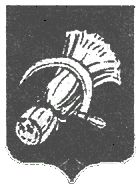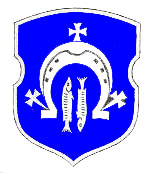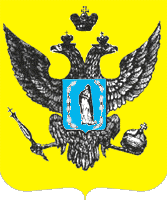
Kopyś - Niaśviž
Kopyś

arms approved on August 16, 1781
Kreva

used till the 18th century
Kryčaŭ

approved on August
23, 1633
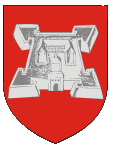
used since the end of the 20th century. In the shield is the Lachavičy
castle
Łahišyn
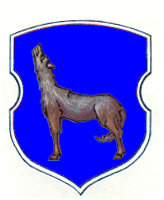
approved on February
25, 1633
Lida

approved on
September 17, 1590.
|
|
Russian arms of 1845 |
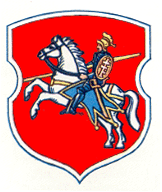
approved on June 6, 1633. Unlike most of the arms with the horseman this
arms was not given by Russian administration
Lepiel

approved on September 9, 1852
Lubča

approved on March 22, 1644. On the shield of the warrior
the initials RD (Radzivił) are written
|
|
arms of 1590. It consists of the elements of the arms of the families Kiška and Naruševič |
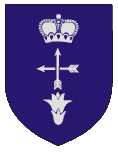
Mahiloŭ (rus. Mogilev)
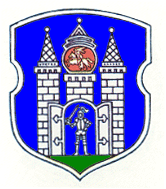
approved on June 9, 1661
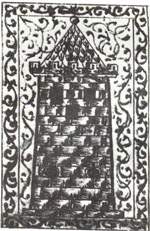 |
arms of 1577 |
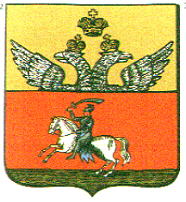 |
Russian-given arms of the 19h century |
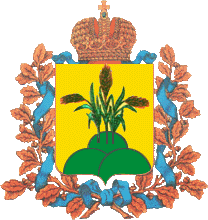 |
arms of the Mogilev province, 1878 |
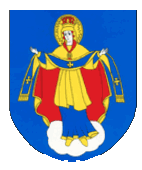
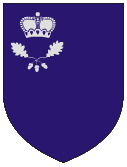
Maleč

approved on June 6, 1645. On the shield is St. Peter
Mazyr
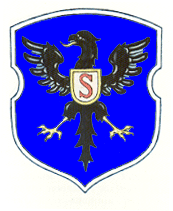
approved on January 28, 1577. The eagle on the shield is a symbol of the
Radziviłł family. Since 1609 the shield with the red "S" was
replaced by a pure red shield
Miensk

approved on June 2, 1792. In the shield is St. Mary with angels
|
|
the Russian occupational arms of Minsk and the Minsk administration, 1796 |
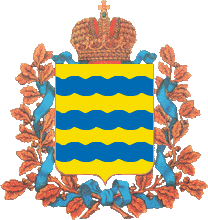 |
arms of the Minsk province, 1878 |


since the 16th century
Mścisłaŭ
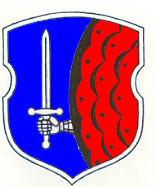
approved on August 16, 1634
|
|
the Russian occupational arms of 1845 |
Navaharodak (rus. Novogrudok)
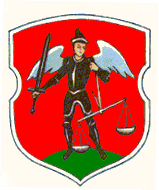
approved on March 18 1595. Navaharodak was the first capital of the Grand
Duchy of Litvania. It is placed in the region of Black Ruthenia - a region
that was settled by Heathen tribes. In Litvan Heathenry, just like in all
Indo-European ancient religions, white was the colour of good gods and black
was the colour of bad gods. With the captivation of Litvania Christianity
was seen as "white" and Heathenry as "black". So, the
Bysantine-christianised eastern regions of Litvania were called White
Ruthenia and the heathen north-west regions of Navaharodak, Harodnia, Vilnia
etc were called Black Ruthenia. Since then there is a black angel on the
arms of Navaharodak - The Black Angel of Navaharodak
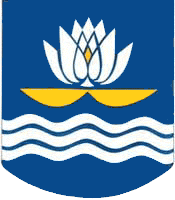
arms created in the end of the 20th century by Viktar Łukjanienka
Niaśviž

approved on June 18, 1586. Here we see the Radziviłł eagle and the
stripes in colours of the Radzivił arms
© Bartolomaeus Horbač Anno Domini 2003
